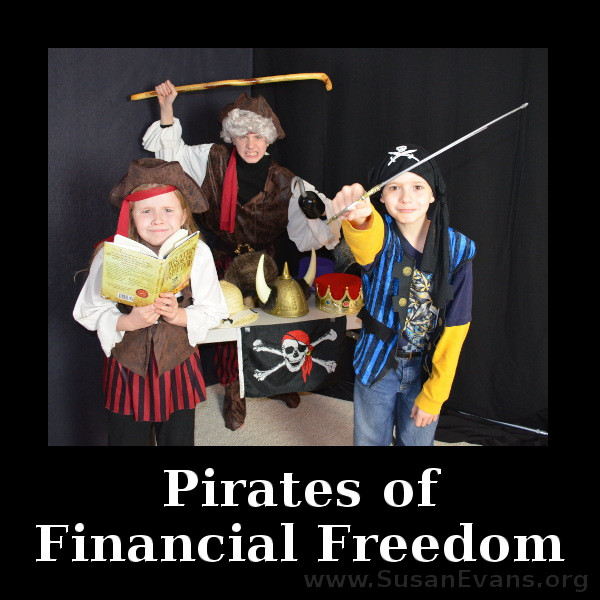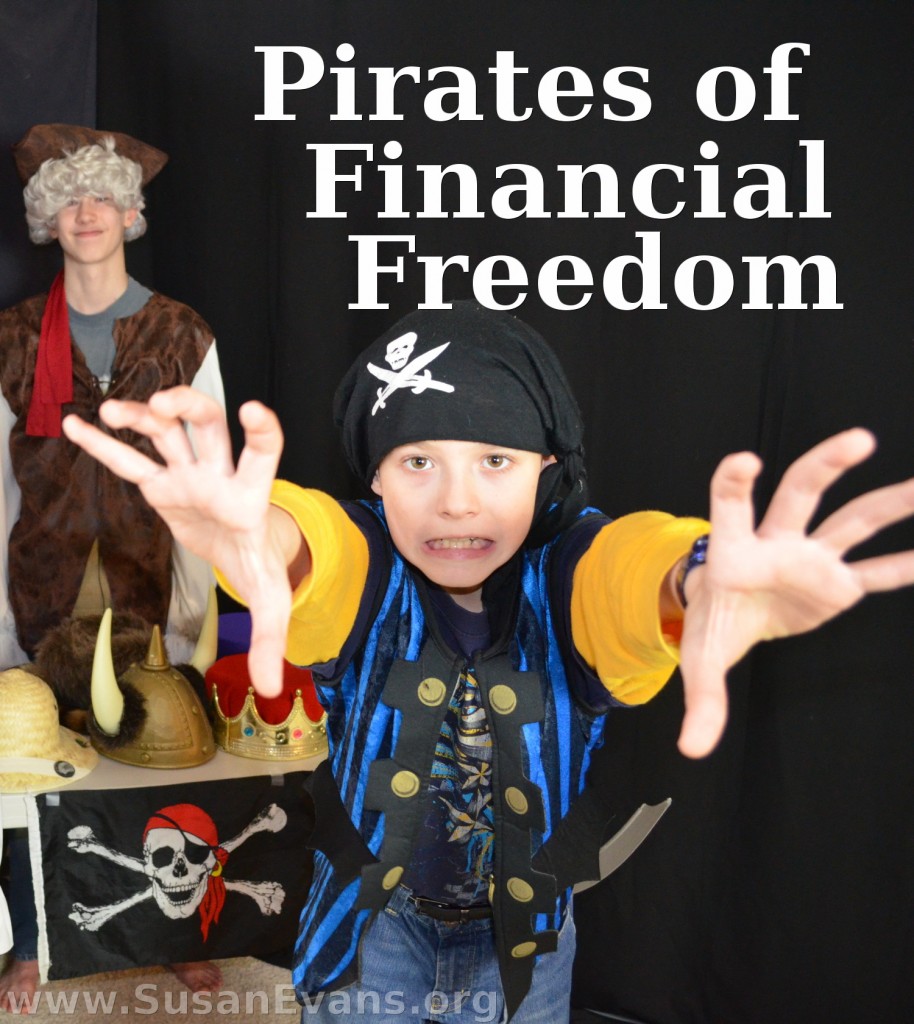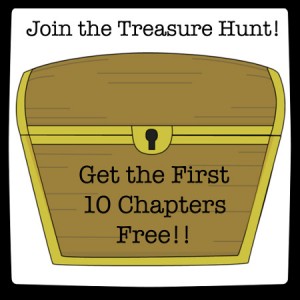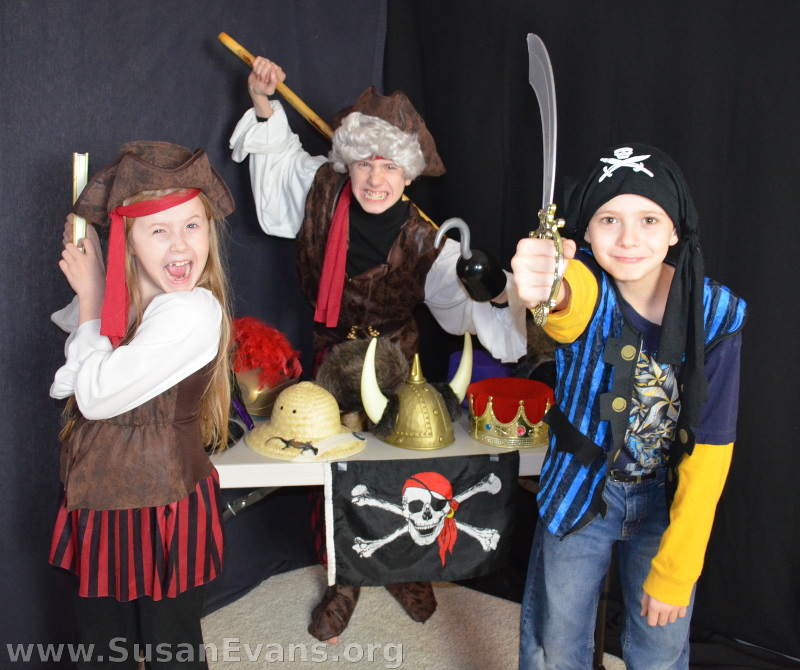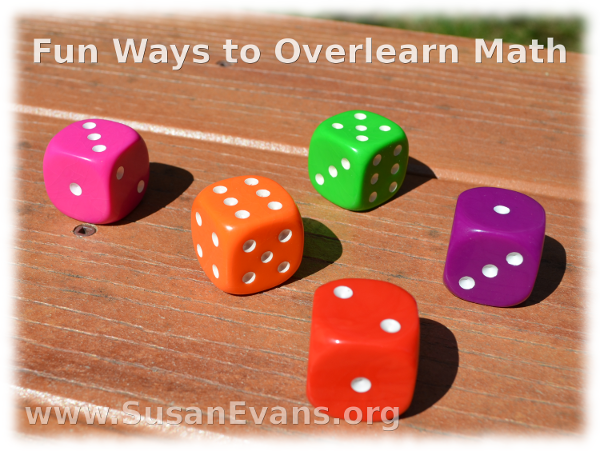I received a copy of this book for free and was compensated for an honest review.
If you have been looking for a creative way to teach financial literacy for kids, Pirates of Financial Freedom is a fun book that will do just that! Who knew that a fiction novel about pirates could teach so much that a regular math program leaves out?
This book is probably best for teens, since my three sons understood all the concepts, but my daughter who is 9 had trouble with a couple of the more complicated concepts like compound interest. She still learned quite a lot, though, and we were all on the edge of our seats when the pirate ship encountered a dangerous sea serpent. The financial concepts are woven into the main plot line quite well, as you will see when you watch my kids goofily trying to re-enact a couple of scenes merged together from the book.
Lessons on Financial Literacy
For the fun and goofy video my children performed about this book, I chose two scenes that took place in stores. One was a hat shop where a pirate was buying a lot with a credit card without having the money in the bank to pay for it. The pirate assumed that he would be getting more treasure in pirate raids in the near future, but choosing to spend money before you have it is the way poor people act. Rich people spend below their means, and they have the money in the bank to pay for their purchases when the credit card bills come.
The other scene was a 70-year-old pirate talking about saving for retirement. His brother began saving for retirement when he was 25, and at 40 he stopped saving. The old pirate himself did not start saving until he was 40, and he’s been saving for 30 years. So his brother only saved for 15 years, and he himself saved for 30 years–double the amount of time. They both saved 300 doubloons a month. At the end of that time, who do you think had the most money? Watch the goofy pirate video to find out the unexpected answer.
Goofy Pirate Video about Financial Literacy
And there you have it! The Pirates of Financial Freedom will teach financial literacy for kids, showing them how to have better financial skills while listening to a fun story about pirates!
Cool Treasure Hunt to Find Financial Literacy:
You can download a sample of the book here:
Go on a treasure hunt to find more chapters of this fun book!
If you would like to use this book as part of a pirate unit study, take a look at my free awesome pirate unit study:
Follow the Pirates of Financial Freedom on Facebook
Follow the Pirates of Financial Freedom on Twitter
Follow the Pirates of Financial Freedom on Pinterest
Buy the book, available in hardback and e-book: Pirates of Financial Freedom
Book Giveaway & Free Financial Consultation :
Enter to win one of three autographed hardcover copies of the book, plus 2 hours of financial consulting time with the author (for kids or parents!) Giveaway ends November 27, 10pm Central Time.
